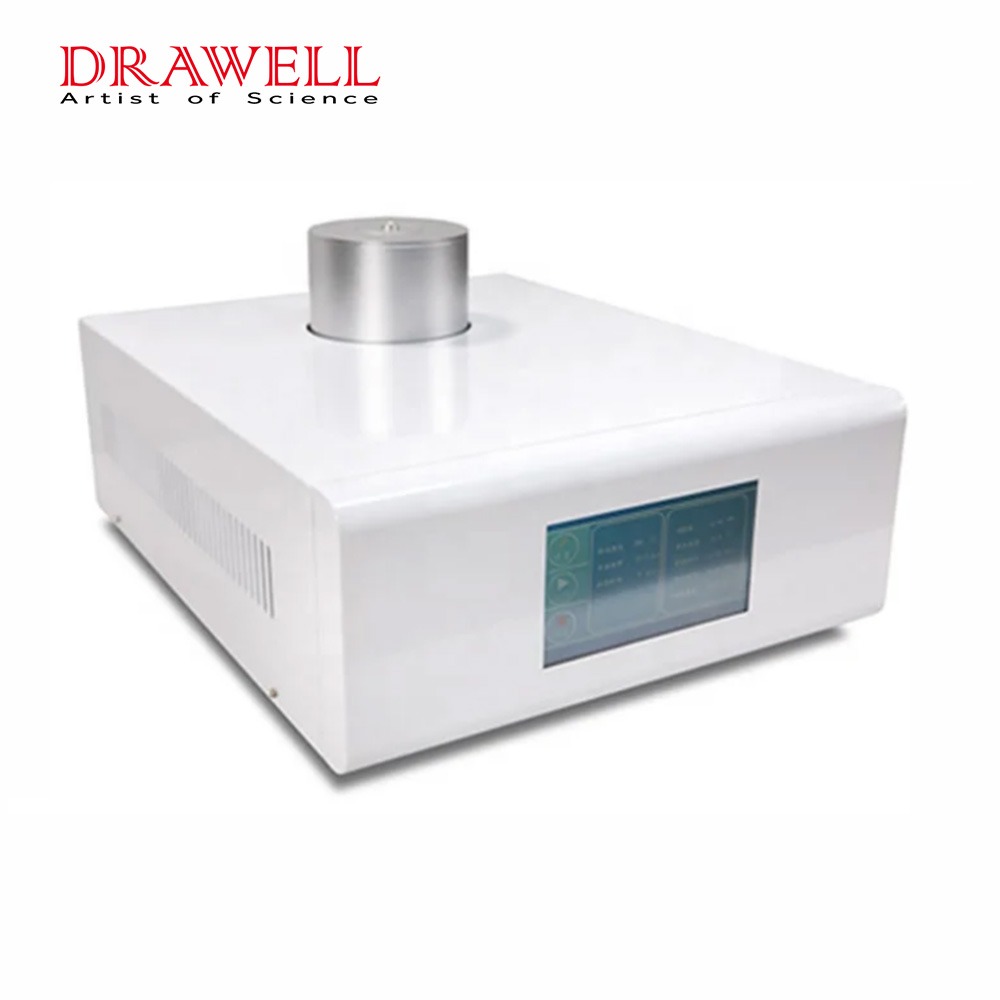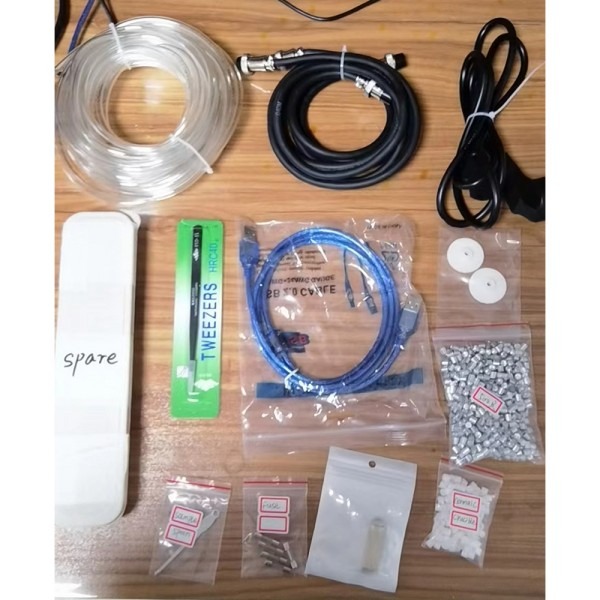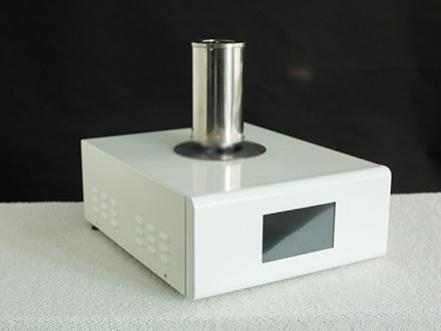Thermogravi Metric Analyzer BXT-TGA-101
Thermogravimetry (TG, TGA) is to observe the change of sample quality with temperature or time in the process of heating, constant temperature or cooling, so as to study the thermal stability and components of materials. It is widely used in research and development, process optimization and quality control of plastics, rubber, coatings, drugs, catalysts, inorganic materials, metal materials and composite materials. The following properties of materials were measured and studied: thermal stability, decomposition process, adsorption and desorption, oxidation and reduction, quantitative analysis of components, influence of additives and fillers, water and volatile matter, reaction kinetics.
Main Features
- The balance has its own internal calibration function, with better accuracy and repeatability.
- It adopts imported alloy sensor, which is more corrosion-resistant, anti-oxidation and high sensitivity.
- The furnace body is heated by precious metal alloy wire, which reduces interference and is more resistant to high temperature.
- Perfect atmosphere control system, automatic switching of software settings, data directly recorded in the database.
- the ARM controller with Cortex-M3 core is adopted, which makes the operation speed faster and the temperature control more accurate.
- USB two-way communication is adopted to fully realize intelligent operation.
- Adopt 7-inch 24bit color full-color LCD touch screen to display the status and data of the instrument in real time.
- The upper cover opening structure is adopted for convenient operation. It is very difficult to move the furnace body upward to place the sample, which is easy to cause damage to the sample rod.
- Automatically generate test report and print it. The test record, data processing and report format are built in the software, and the test report is automatically issued.
Technical Parameters
| Temperature range | Room temperature ~ 1250 ℃ |
| Temperature resolution | 0.01 ℃ |
| Temperature fluctuation | ± 0.1 ℃ |
| Heating rate | 0.1 ~ 100 ℃ / min |
| Temperature control mode | heating and constant temperature |
| Measurement range of balance | 0.01mg-2g |
| Resolution | 0.01ug |
| Constant temperature time | 0-300min, arbitrary setting |
| Display mode | large English LCD |
| Atmosphere | inert, oxidizing, reducing, static and dynamic |
| Atmosphere device | built in gas flowmeter, including two-way gas switching and flow size control |
| Software | built in gas flowmeter, including two-way gas switching and flow size control |
| Data interface | standard USB interface, special software (free upgrade of software from time to time) |
| Power supply | AC220V 50Hz |
Standard
- GB/T 19466.2-2004 / ISO 11357-2: 1999 Part 2: Determination of glass transition temperature; GB/T 19466.3-2004 / ISO 11357-3: 1999 Part 3: Determination of melting and crystallization temperature and enthalpy;
- GB/T 19466.4–2016/ISO 11357-4:1999 Part 4: Determination of specific heat capacity;
- GB/T 19466.6-2009/ISO 11357-3:1999 Part 6 Oxidation induction period: Determination of
- oxidation induction time (isothermal OIT) and oxidation induction temperature (dynamic OIT).




